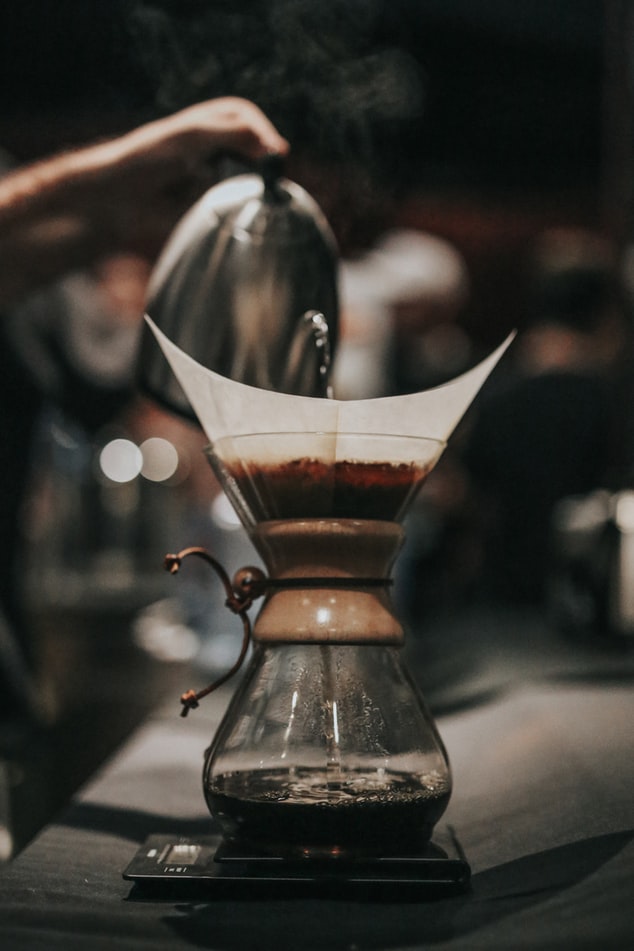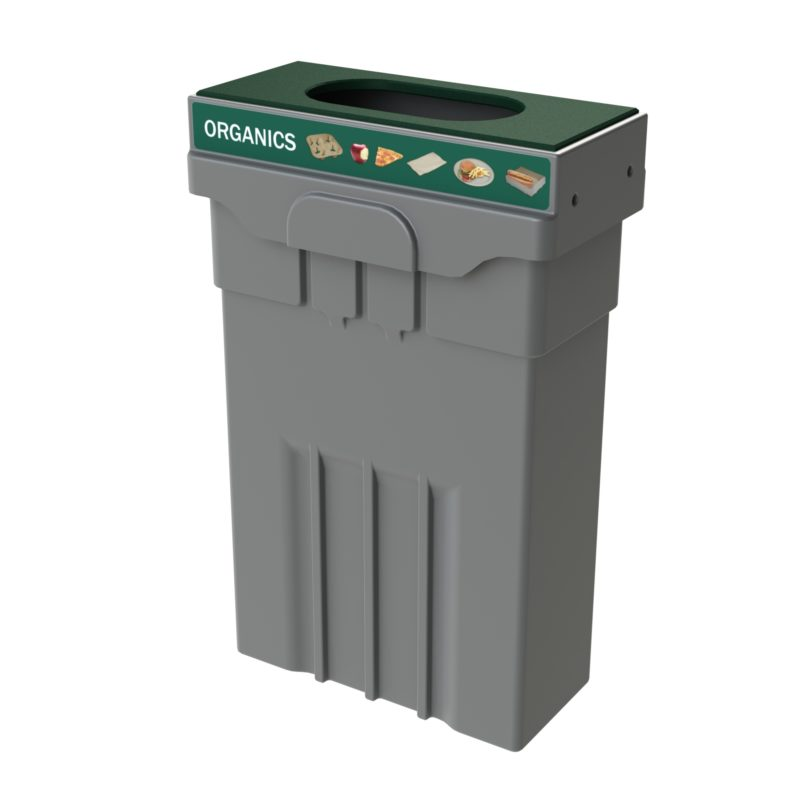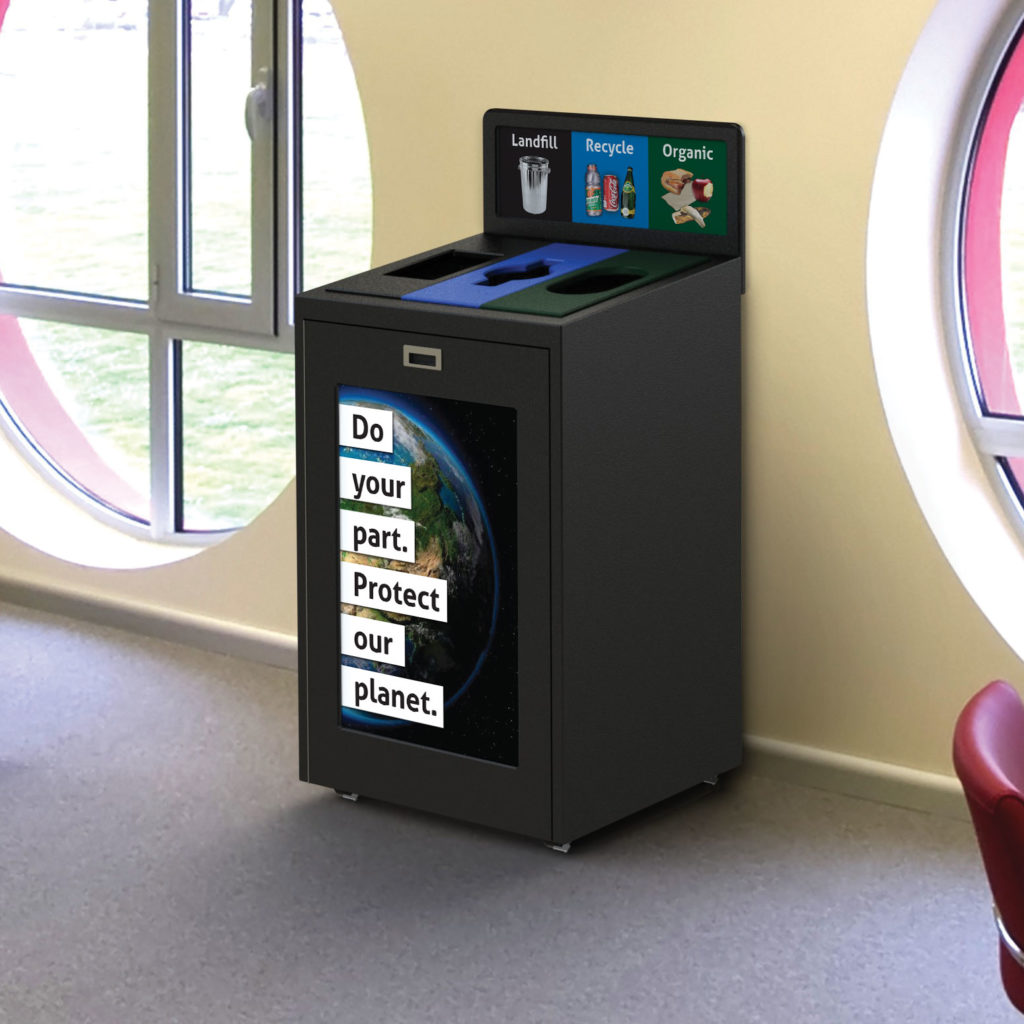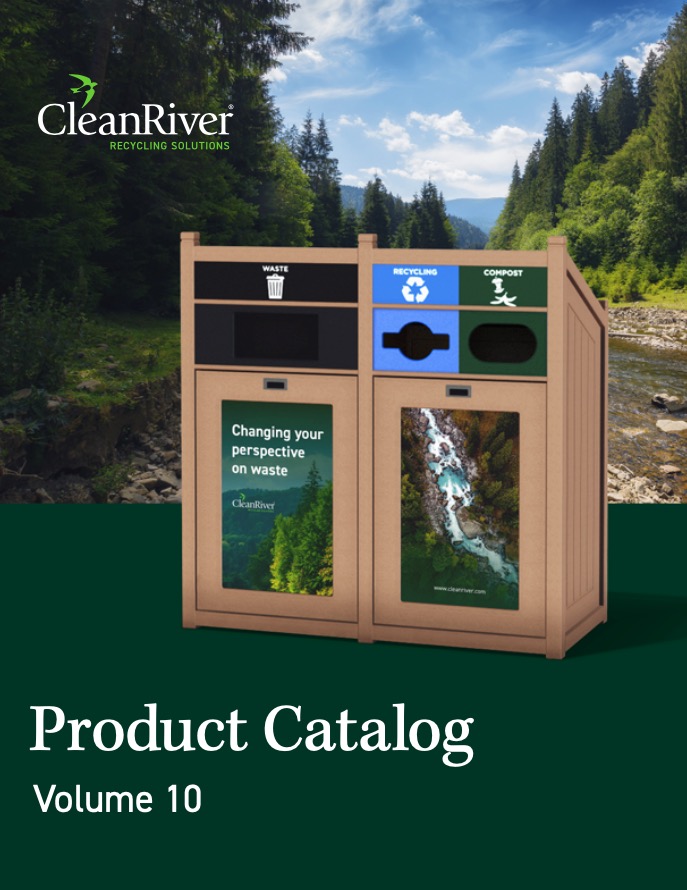Share
Ah, the question on all your minds! What goes in the compost bin? We all know what goes in the trash and recycling, but composting can be a challenge. In recent years, more and more legislation has been passed in support of green waste diversion and composting and there’s more on the way as citizens, government, and businesses work together towards improving waste diversion rates. In recent years, a growing number of legislation has been passed in support of green waste diversion and composting, such as California’s SB1318 subsequent AB 827. This reflects a collective effort among citizens, government, and businesses towards sustainable waste management practices.
Regardless of the reason that you are considering composting, it is a smart decision that is great for the environment! Read on for what belongs in the green bin, as well as 4 tips to get your organic collection right:
What belongs in the green bin?
Composting is a form of waste disposal that allows for organic waste to decompose. Therefore, nitrogen-based and carbohydrate-based materials can be composted. Examples include:
- Coffee grounds and filters

- Fresh leaves
- Feathers
- 100% cotton fabrics
- Eggshells
- Fruits
- Vegetables
- Newspapers
- Brown paper bags
- Toilet paper rolls
- Cardboard
- Grass clippings
- Animal hair
What doesn’t belong in the green bin?
- Plastics
- Disposable diapers
- Magazines
- Toxic materials
- Glitter
What can and cannot be composted also depends on your region, be sure to research your township’s guide for composting.
4 Tips to Get Organics Collection Right at Your Business

1. Conduct a Waste Audit
A waste audit will determine the sheer volume of organics collected on a weekly basis. Not only will this establish the capacity of the compost bin you’ll need, but also where they’re to be placed.
2. Decide on the Compost Bin
Depending on where a majority of organics are being disposed of and what exactly is being composted, you will need to determine the size of the green bin. As well, the opening shape. For example: if large quantities of compostable plates are collected, the opening will need to be large. Typically, organic waste is much heavier than a full bag of paper, so the container will need to be on the larger side. Another thing to keep in mind is how often the bin is emptied. If this doesn’t happen frequently, it would be a good idea to purchase a bin with a lid, organic waste tends to smell.
3. Use Clear Graphics
In high traffic areas, people tend to throw out their garbage in a rush. It’s important to have clear

and consistent graphics and labels on recycling bins throughout your facility to avoid contamination. Click here for a full guide to recycling graphics.
Matching the colour of the opening plates with the graphics also helps people make the right choice.
4. Launch the Program and Measure Results
Communicate the launch to all employees and always remember to maintain discussion throughout the entire process to achieve a successful transition! Let everyone know where the new bins are located and communicate progress. Use waste hauler reports to see how much organic waste is being diverted from landfills and keep the people informed. When employees hear their actions are making a difference, they will continue utilizing the compost bins to their full potential.
Composting at Home
For composting at home, there are standard compost bins that are small and easy to place in a cupboard. As well as, larger green bins for your garage and for placing at the end of the street for collection purposes. Be sure to purchase compostable bags, as opposed to using plastic bags.
_________________________________________________________________________________________________________
For information on business recycling programs, check out our other blogs:
- Why Is Recycling Important For A Business? 5 Surprising Benefits
- 5 Steps To Start A Small Business Recycling Program
- 5 Steps On How To Get A Recycling Grant
Starting a recycling program for your business? Check out our eBook.
CleanRiver Recycling provides a variety of innovative, flexible and customizable recycling solutions. To determine the right solution to meet your needs, use the CleanRiver product selector.
If you have additional questions that weren’t answered in this blog post please call us at 1-866-479-4038 or email solutions@cleanriver.com.


